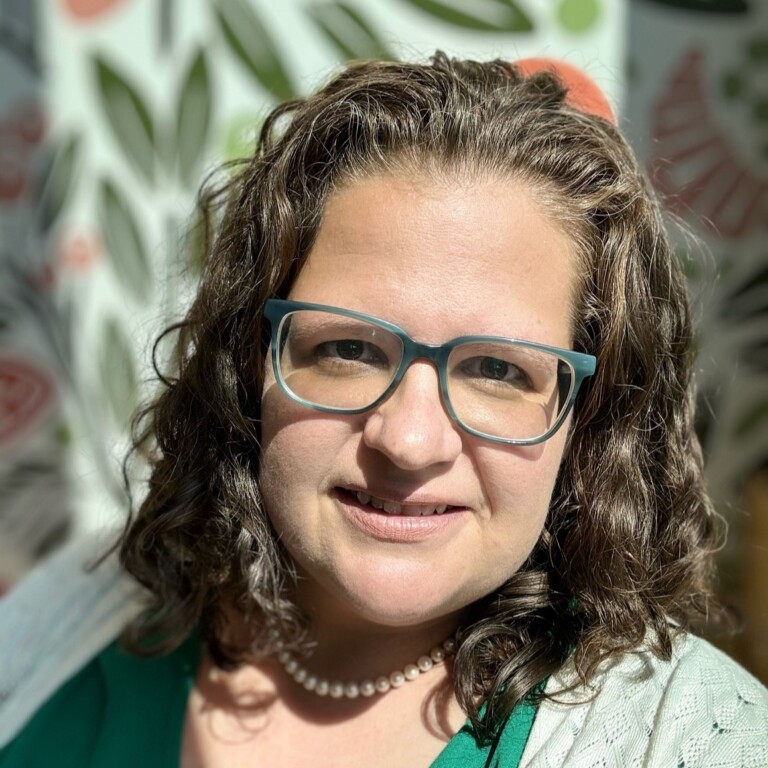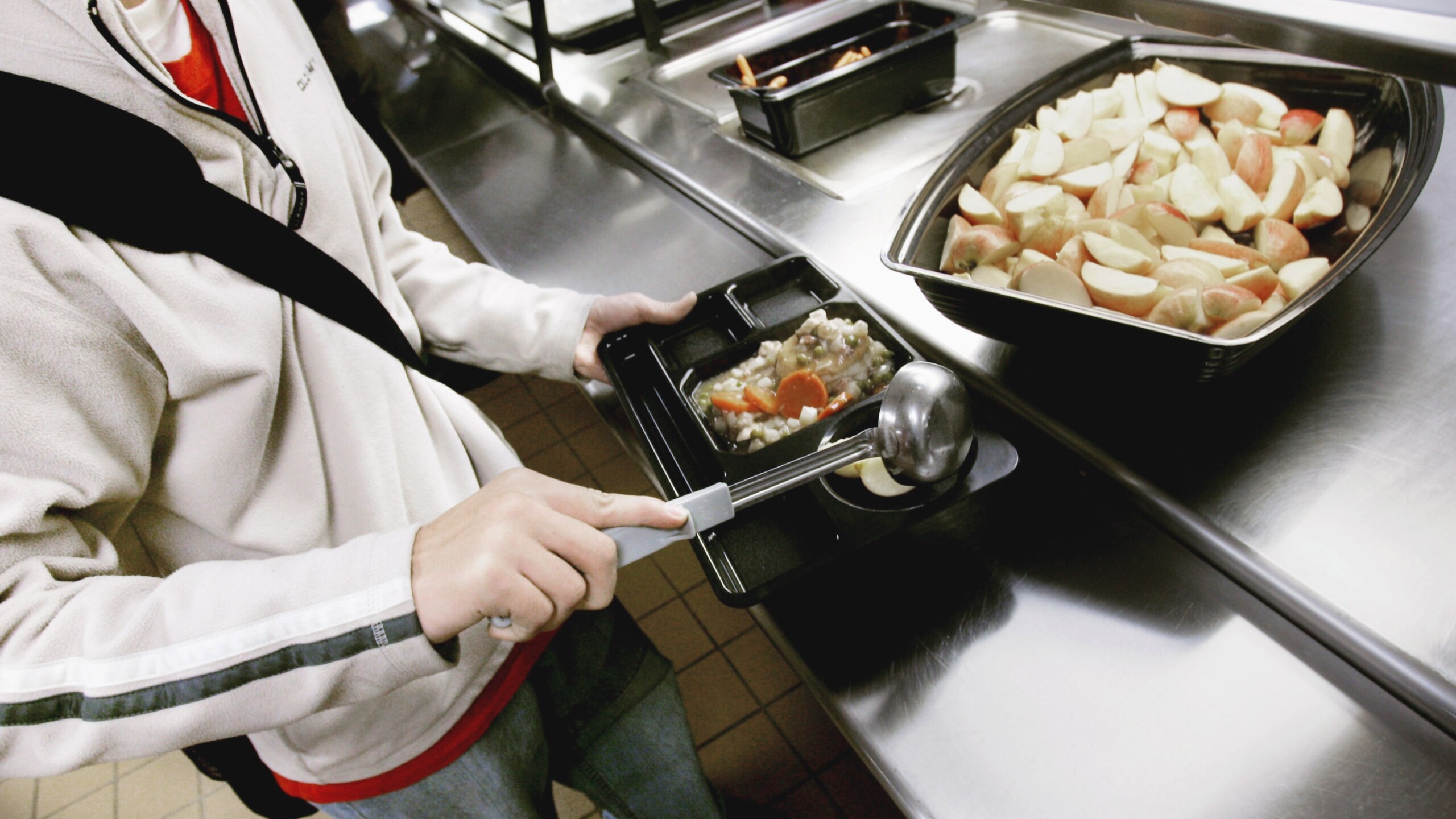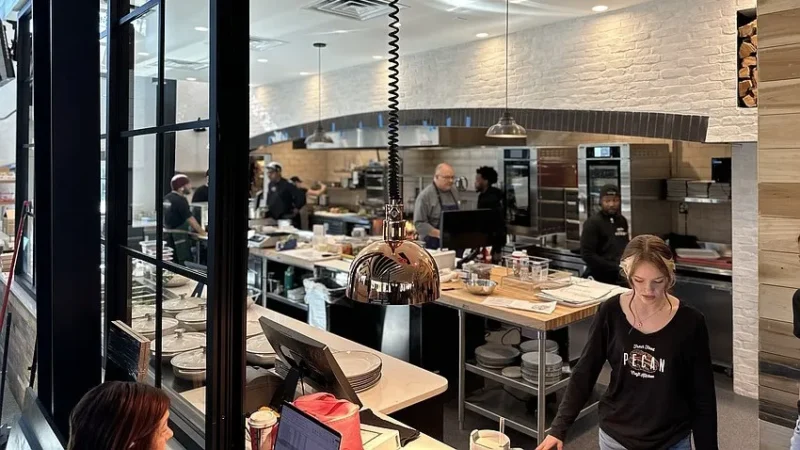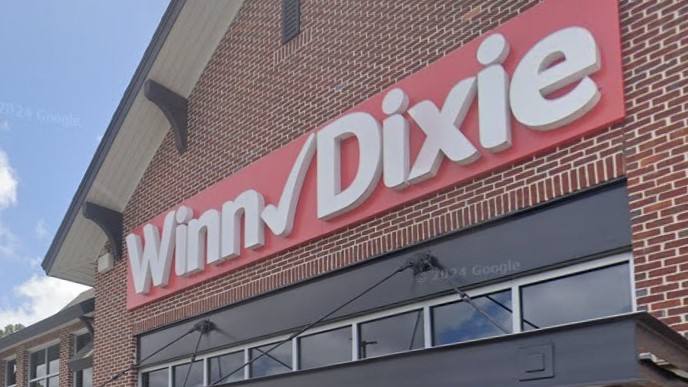They say there’s no such thing as a free lunch … and soon that will be true for students at about 25% of Duval County’s traditional schools.
Beginning in September, 37 schools will no longer offer free lunch districtwide. All students will still receive free breakfast, though, and students who meet the financial eligibility threshold can receive free lunch as well.
At a board workshop Tuesday, Superintendent Christopher Bernier said a recent budget review clearly demonstrated a need to shutter the universal free lunch program.
“In March’s numbers, it became readily apparent that we have to make a shift,” Bernier said.
District officials say COVID-era federal funding created a surplus of money earmarked for food service.
Chief Financial Officer Ronald Fagan told the board the federal government’s pandemic programs reimbursed the district significantly more than its actual costs, which left the district in the unfamiliar predicament of having too much money. For food, anyway.
Obligated to spend the money on food service expenses and not allowed to transfer it to a different account, district officials spent some of the excess on upgrading school kitchens. It also has offered free lunch to all students — regardless of whether they are eligible or not — for the last three school years in an effort to “get the bottom line back down to where it needs to be,” Fagan said.
The federal government requires schools to keep about three months’ worth of food service expenses in reserve. For Duval, this equals about $14 million, Fagan said.
A spokesperson told Jacksonville Today the district hasn’t yet determined the exact prices for the meals next year.
During the 2019-20 school year — the last school year when the district charged for lunch — elementary students paid $1.95; secondary students paid $2.50; and students receiving reduced-price lunches paid 40 cents.
Currently lunch for St. Johns County Schools’ elementary and secondary students costs $3.25 and $3.50, respectively. In Clay County, the price is $2.50 and $2.75. The reduced price in both counties is still 40 cents.
Duval Schools uses a federal criteria to determine which schools will offer free lunch to all of their students. If 40% or more of the students already qualify for certain other government programs, like the Supplemental Nutrition Assistance Program, Temporary Assistance for Needy Families or Medicaid, the entire school will continue to automatically receive free lunch.
“No matter where a child goes to school, if they qualify, they will get free lunch,” Bernier said.
At the 37 schools that will not meet that standard, students whose families receive SNAP, TANF or Medicaid benefits will automatically be registered for free or reduced-price meals at lunch. Families who do not qualify for those programs, but still qualify to receive free or reduced-priced lunch, will need to fill out an application the district says will be available online in August.
At the board workshop, District 3 representative Cindy Pearson asked what the process of giving children the discounted lunch will look like in practice.
“As we’re shifting back to a system where some students will be on a list and some will not be on a list, how can we make that as dignified and easy and seamless as possible?” Pearson asked. “One, for the dignity of the student, but also for the chance that the student will actually take the food.”
Bernier said students who receive the discounted meals will scan their IDs at the register to pay — just like other students might use their IDs to pay with money from their lunch accounts — so it will not be obvious which students are receiving lunch free or at a reduced rate.
“I really want to make sure our students are taken care of,” District 4 rep Darryl Willie said. “We talk about … student outcomes, but you can’t concentrate if you’re hungry.”







